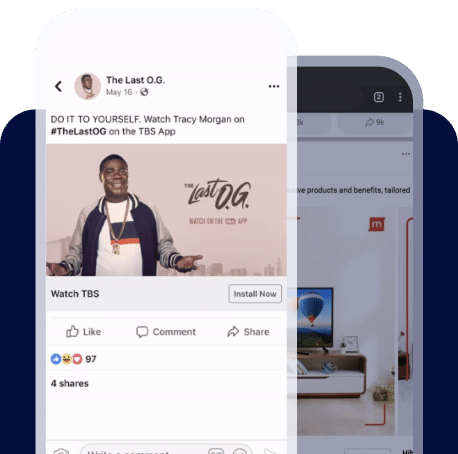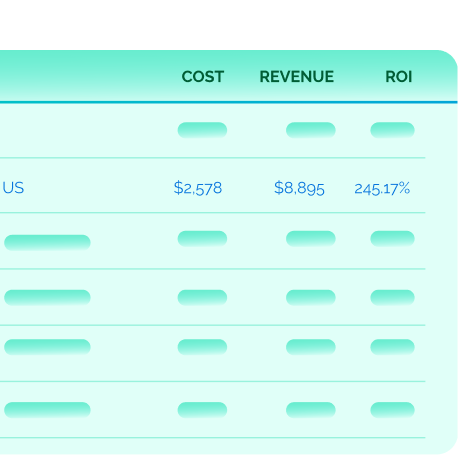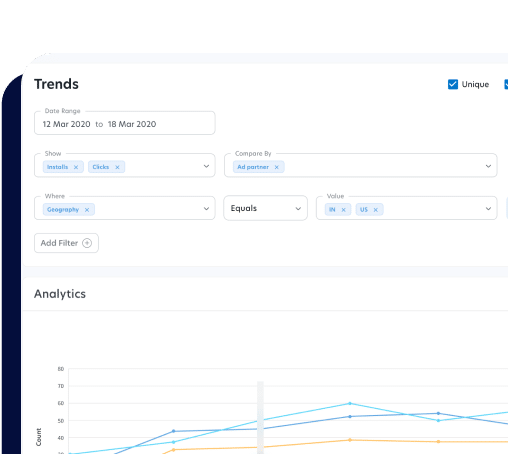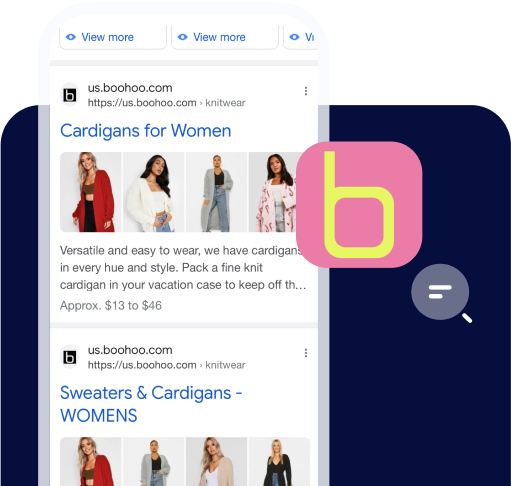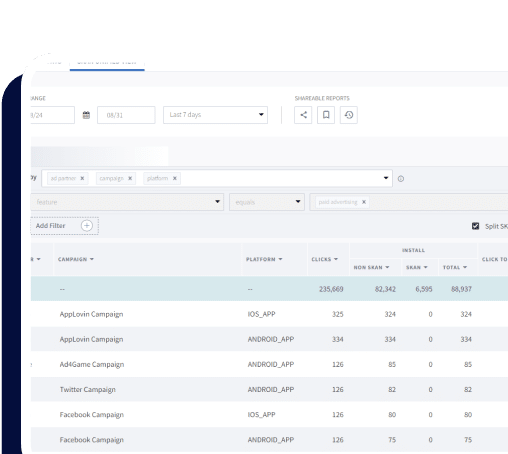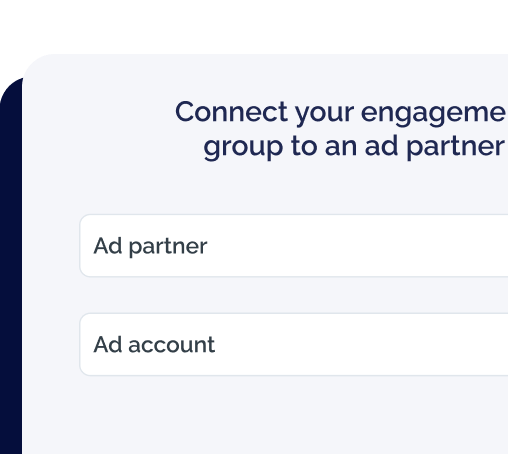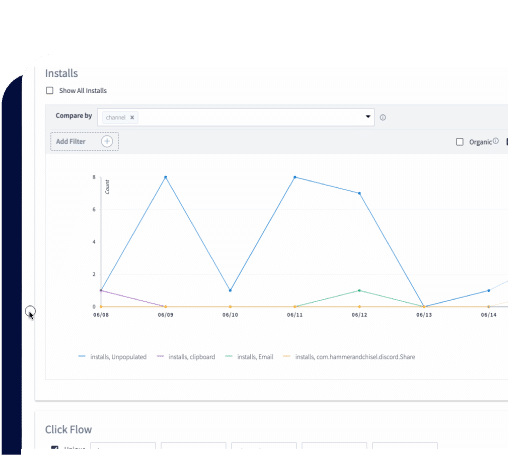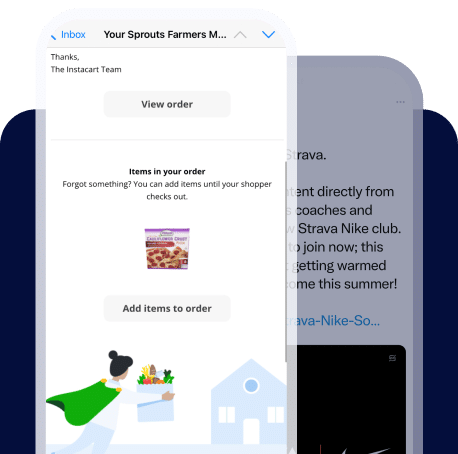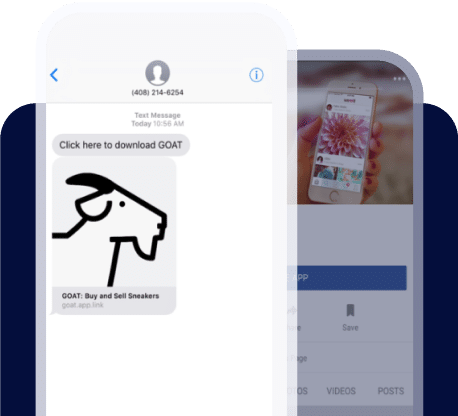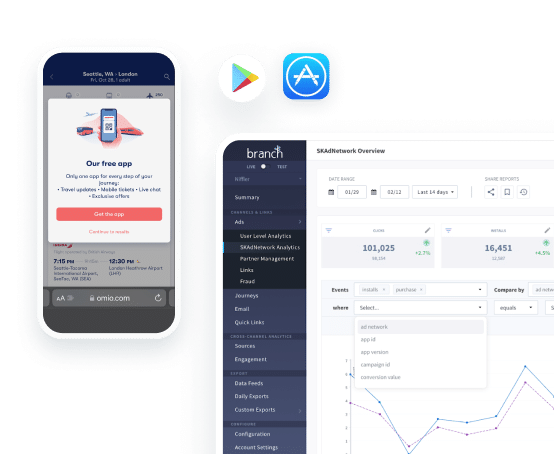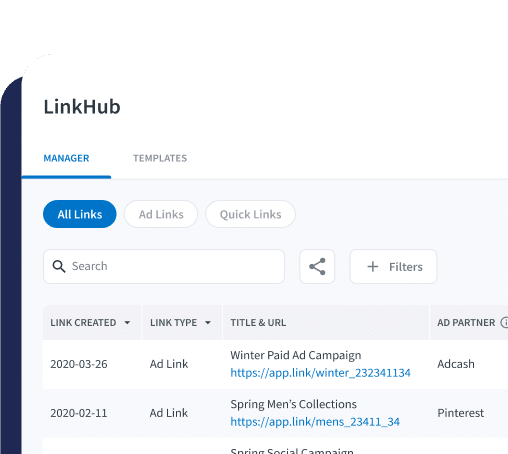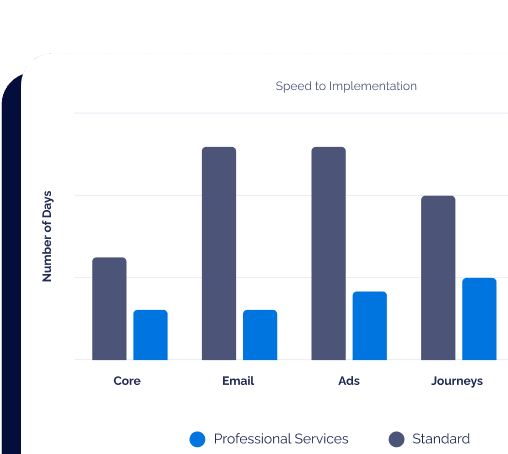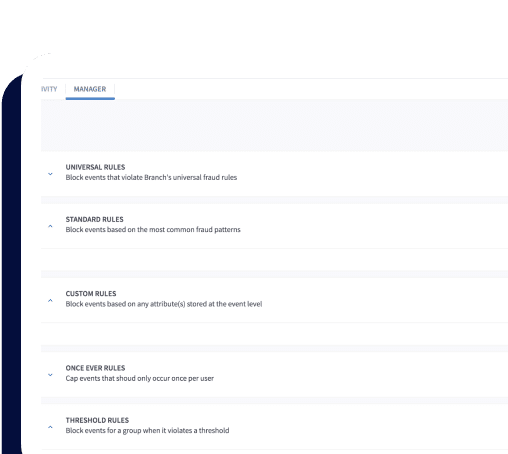What is an impression?
An impression refers to the number of times an advertisement or piece of content is viewed by a user. Ad impressions are used to measure the overall visibility and reach of an ad campaign, and drive important metrics like cost per mille (CPM) and click-through rate (CTR). Even a view-through impression, where an ad is seen by a user but not clicked, is valuable in mobile marketing.
Say you drive by the same billboard advertisement every day for work.
Some days you’re stuck in bumper-to-bumper traffic and you read that billboard copy ten times before you finally drive past it. Other days you speed by, barely registering its presence at all. Each time you drive by this billboard is an impression (also called a view-through) — it doesn’t matter if you speed by and hardly notice it or read and think about its message.
The same is true of digital advertising and mobile marketing. Imagine you’re on social media and you scroll past a Facebook ad: whether you read the ad or rush past it, you count as an impression for that advertiser.
Impressions: Pros and cons
Measuring impressions tells an advertiser how many times their ad is seen — a useful metric all on its own. In digital marketing, impressions are a relatively simple, easy-to-calculate measure of a specific advertisement’s or advertising channel’s reach. The higher the number of total impressions, the more times the ad was served to an audience.
But impressions are not a perfect metric. For example, one person could scroll past the same ad 10 times and they would count as 10 impressions rather than one. Impressions also don’t tell advertisers anything about engagement and whether or not views actually took action after viewing the ad. To better gauge the true visibility of an ad, some brands distinguish between:
- Served impressions: refers to an ad that has been displayed or “served” on a mobile app, webpage, or other platform. When an ad is retrieved from the ad server and displayed to a user, it counts as a served impression — regardless of whether the user truly saw it.
- Viewable impressions: an impression that has met specific criteria to be considered “viewed” by a user, such as being at least 50% in view on a user’s screen for more than one second. This avoids counting a quick scroll-by as a true ad view and is a more meaningful indicator of ad visibility.
Impression counts can also be easily skewed by bot traffic and non-genuine views. Particularly on social media platforms, it can be difficult to discern accurate impression numbers.
However, most advertisers measure impressions because it helps them to properly purchase ad inventory. Tracking impressions is also the first step in calculating even more useful metrics like CPM, ROAS, and CTR.
Additional metrics calculated with impressions
Other metrics useful for advertisers which are calculated using the number of impressions are:
CPM
Advertisers purchase a certain number of impressions — say 1,000 — for a set amount of money. This purchasing method is called CPM which stands for cost per mille or cost per thousand (M is thousand in Roman numerals). So if an advertising campaign has a CPM of $20, the advertiser pays $20 for every 1,000 impressions.
ROAS
An advertiser may use an impressions metric to gauge their ROAS (return on advertising spend) and compare different platforms’ effectiveness. ROAS measures how much revenue is earned for every advertising dollar spent. If an advertiser runs a campaign on both Facebook and Instagram, it can use impressions and ROAS to compare apples to apples campaign performance.
CTR
Finally, measuring impressions is necessary to determine click-through rate (CTR), a crucial metric for most advertisers. CTR is the number of people who click on the ad to go where directed — whether that’s an app, a webpage, or elsewhere. To calculate CTR, an advertiser needs to know their number of impressions. CTR is calculated by dividing the total number of clicks on an ad by the total number of impressions.

